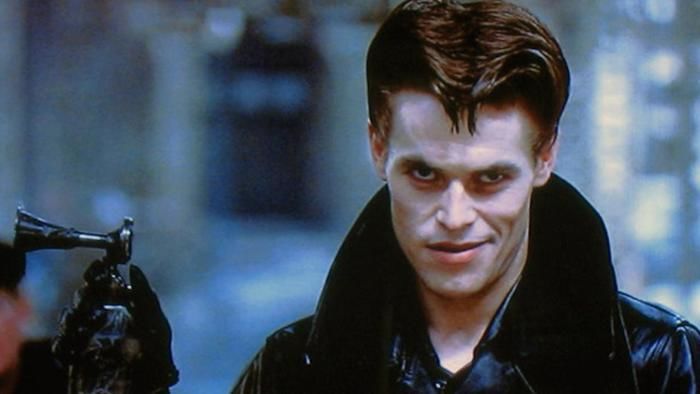
The following list should actually be retitled as “7 Great Films from the 1980s No One Talks About Plus 3 Films Which Hold a Cult Status and Have Already Appeared in Taste of Cinema Articles at Least Once”, but that would be a little bit overlong, wouldn’t it?
Jokes aside, the ten features included here are so varied that even this writer has to rub his eyes in disbelief, after bringing them together. A decade which spawned the so-called Brat Pack movies, many notable (and B) horrors, as well as plethora of action flicks still pretty popular today is viewed from a slightly distorted perspective, with each year represented by one title, as in the case with the 90s counterpart.
1. Altered States (Ken Russell, 1980) / USA
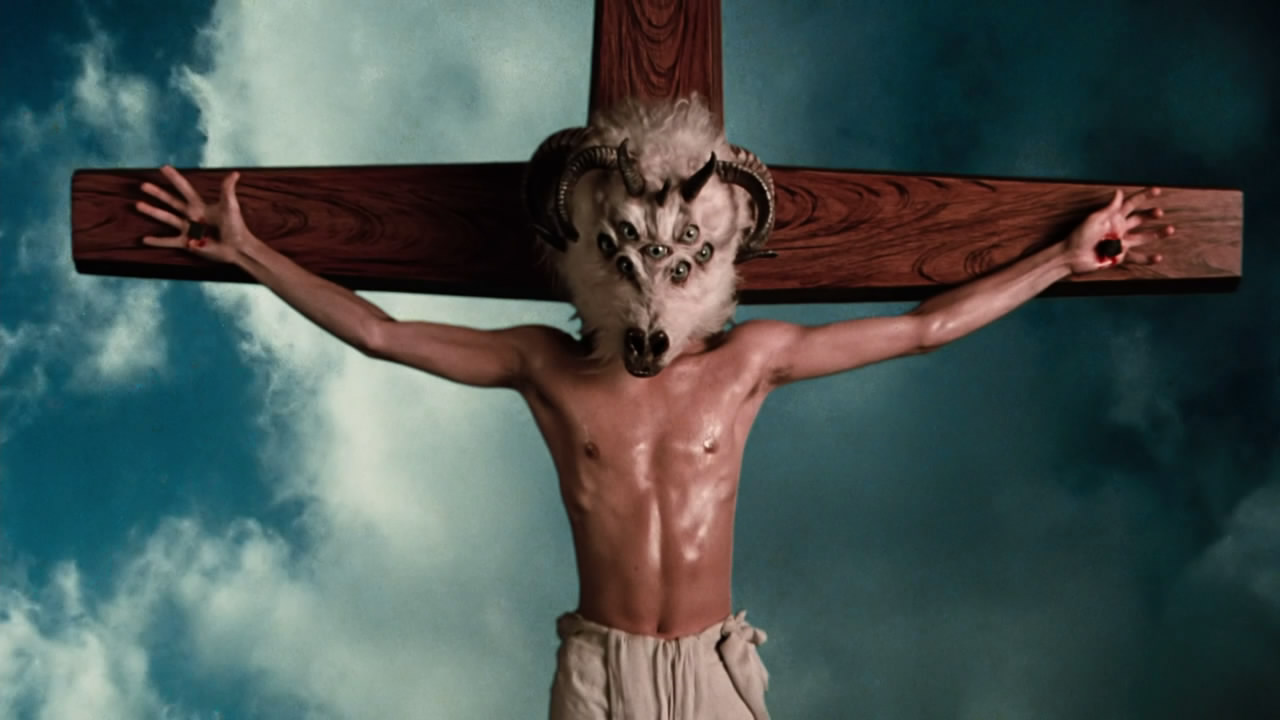
Based on the novel by Paddy Chayefsky who also penned (and disowned) the screenplay under the pseudonym of Sidney Aaron, “Altered States” is Ken Russell’s first American movie and one of his most accessible offerings, although that isn’t saying much. Heads and shoulders above the majority of Hollywood productions then and now, it provides a juicy, strange, radical, unique and timeless mixture of science fiction, horror, thriller and romance (which softens its edge).
Starring the exquisite William Hurt in his first big screen role (accepted because Russell wore Betty Boop socks during the interview, according to IMDb trivia), this surreal genre mash-up explores the themes of existence, self-reflection, God(lessness), human origins, unhealthy obsessions and, as the title indicates, altered states of consciousness. Its daring protagonist, Dr Eddie Jessup, is a respected Harward scholar who pushes the boundaries of psychological research the same way the director does with the cinema.
Consuming untested mushrooms used in mystical Mexican rituals, Eddie keeps isolating himself in a sensory deprivation tank which essentially allows the eccentric bad-boy Russell to indulge in the bizarre, colorful, grotesque, exhilarating, iconoclastic and transcendental hallucinations experienced by his character. Both of these men’s “madness” inspires us to dig deeper and look further into the unknown, beyond our limited knowledge and preconceptions of life. Maybe there’s the ultimate truth hiding out there, and maybe there’s nothing at all.
Eddie’s reconnection with his inner ancient-self has “Dr Jekyll and Mr Hyde” side effects, prior to shifting into the metaphysical mode. His mind-boggling trips alone (especially the one that occurs in a Mexican cave) are reason enough to see “Altered States”.
2. Diva (Jean-Jacques Beineix, 1981) / France
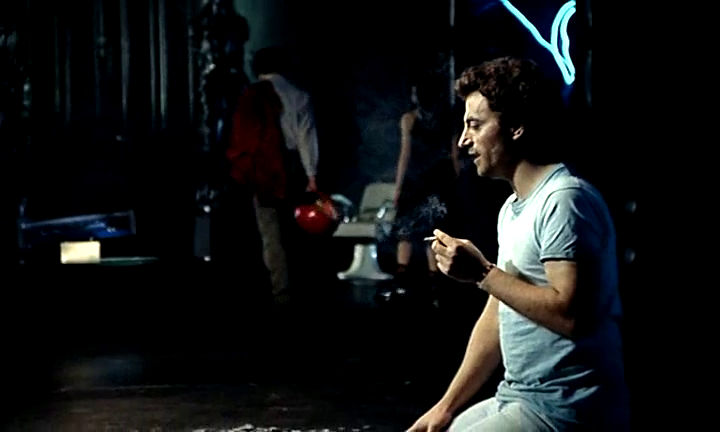
Blue is not only the warmest, but also the weirdest and the classiest color in Jean-Jacques Beineix’s stylish thriller debut “Diva”. Present in virtually every shot, whether it’s the specific lighting or the interior detail or something else, such as a teapot, it encompasses multiple meanings and defines the film’s quirky mood.
It is also the color of the uniform worn by a young mailman and opera aficionado, Jules (Frédéric Andréi), whom we meet sneaking a huge tape recorder into a theater where an American soprano, Cynthia Hawkins (played by the real life soprano Wilhelmenia Fernandez) is about to perform. She would’ve not approved of the bootlegging, considering she strongly opposes the commercialization of her art (or any art for that matter).
However, Jules has the guts to steal not only her voice, but her elegant dress as well which will later lift him from the status of an avid fan to Cynthia’s love interest. On top of that, he will inadvertently get involved with a pair of ominous agents from Taiwan, a cheeky kleptomaniac, Alba (Thuy An Luu), and her whacky philosopher of a roommate (and guru?), Gorodish (Richard Bohringer), two mobsters (Gérard Darmon and Dominique Pinon) and their employer – a corrupted commissioner (Jacques Fabbri).
All of the abovementioned characters are entangled in an intricate narrative web which is certainly not the main allure of “Diva”, even though Beineix is quite skillful at spinning it. The spotlights are directed at the outstanding and diversified mise en scène which reflects the contrasts between the hero and his goddess, the lights of Paris and the darkness of its underbelly etc. Cynthia’s posh hotel room, Gorodish’s minimalist apartment and Jules’s kitsch meets car waste crib are all fine examples of intelligent use of set design.
3. The Last Unicorn (Jules Bass & Arthur Rankin Jr, 1982) / USA | UK | Japan | West Germany | France
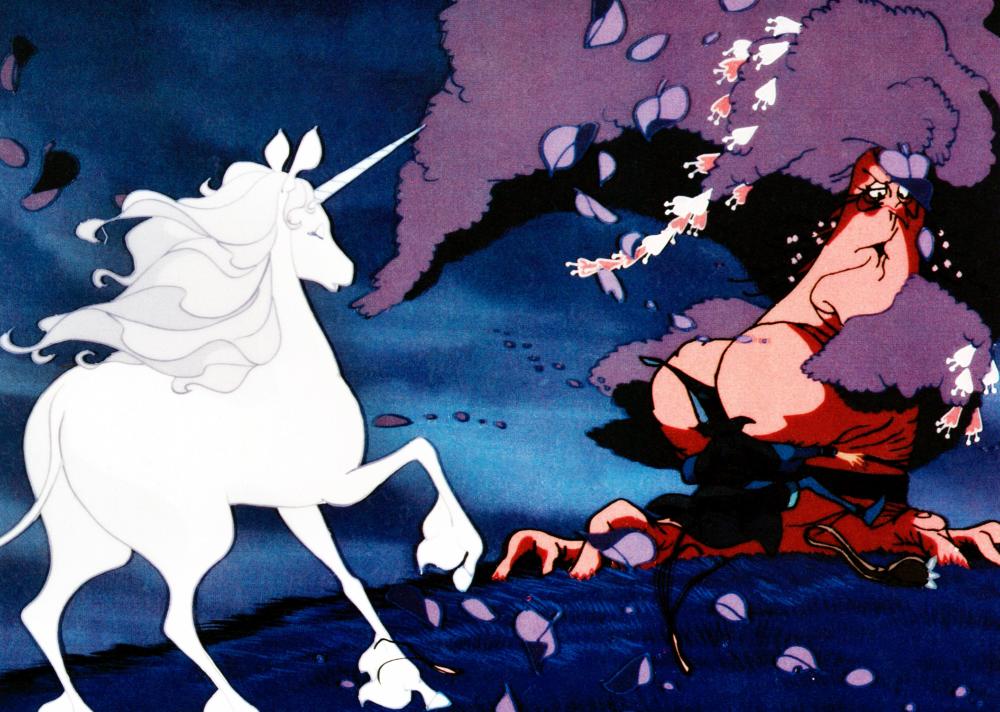
“She will remember your heart when men are fairy tales in books written by rabbits.”
“The Last Unicorn” is the list’s second literary adaptation scripted by the original author – in this case, Peter S. Beagle who previously collaborated with Ralph Bakshi on his ill-fated “The Lord of the Rings”. A larger-than-life fantasy, it is considerably darker than one might expect from a kids film, but for that very reason it can easily appeal to the older audience.
Ethereally voiced by Mia Farrow, the titular heroine defies stereotypes and not just because she is a mythical animal transformed into a beautiful girl during the feature’s second half. Like the rest of the characters, both protagonists and antagonists alike, she is a flawed creature whose imperfections make her more intriguing, even realistic than an average Disney goody two shoes.
Her story – one of a bit selfish search for the other, allegedly dead unicorns – is imbued with certain melancholy reflected in the peculiar design, rather gloomy color palette, as well as in the dialogue and Jimmy Webb’s score which at times (read: during the musical interludes performed by the band America) sounds overtly sentimental.
A feeling of pensive sadness also overwhelms the unicorn’s companions – a kind-hearted, yet unversed magician, Schmendrick (Alan Arkin) and a disillusioned middle-aged woman, Molly Grue (Tammy Grimes) – and it doesn’t spare a tragic villain, King Haggard (Christopher Lee) and his adopted son, Prince Lir (Jeff Bridges), either. They can all be identified with.
Aesthetic-wise, “The Last Unicorn” boasts quite elegant animation which does show some signs of fraying, but it still looks admirable. Particularly attractive are the hyper-stylized backgrounds of the enchanted forest.
4. The Beautiful Prisoner (Alain Robbe-Grillet, 1983) / France
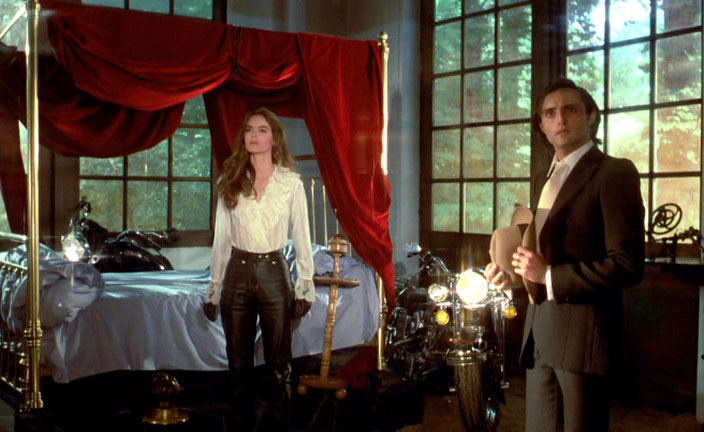
Opening with an attractive brunette in a white flounce shirt and black leather jacket, “The Beautiful Prisoner (La belle captive)” borrows its title from René Magritte’s painting and almost perfectly encapsulates Alain Robbe-Grillet’s “phenomenological” style. There are gorgeous and enigmatic women, a confounded male hero, (psycho)sexual provocations, misleading clues, fractured narrative, prominent use of red pigment, and it is hard to tell what’s real and what’s not or rather, is anything real at all.
The girl mentioned earlier is Sara Zeitgeist (Cyrielle Clair) – a leader of a mysterious Organization. She tasks her best (or only?) agent Walter (Daniel Mesguich) with delivering an important letter to a senator, Henri de Corinthe, on the same night he meets a lovely blonde (Gabrielle Lazure) who “lost her name” and for whom “time doesn’t exist”, on a dance floor of a night club.
However, his mission is thwarted by another chance encounter with the enchanting blonde – bound, dazed and bleeding in the middle of the road. The two end up in a villa where a strange gentlemen’s party occurs and where they spend the night of love making, faux vampirism (?) and Magritte-esque visions. Next morning, she is gone and the place is dilapidated.
From that point on, the pseudo-mystery keeps deepening and Walter seems to be stuck in some sort of a recurring dream within a nightmare within a dream of the erotic neo-noir kind, oft-interrupted by an eerily kind police inspector Francis (Daniel Emilfork). The solving of an unsolvable puzzle and dealing with Robbe-Grillet’s surrealistic shenanigans are made easier by Henri Alekan’s superb cinematography complemented by the moody soundscapes.
5. Streets of Fire (Walter Hill, 1984) / USA
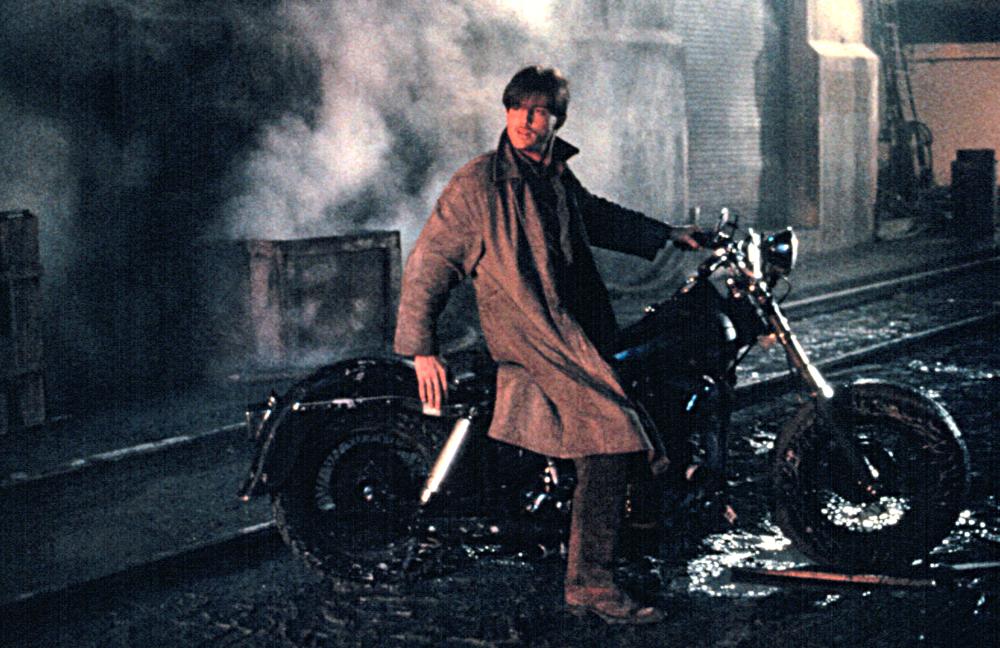
A spiritual, saucier and more stylized successor to “The Warriors”, “Streets of Fire” is described as “a rock & roll fable” set in “another time, another place”. And it is simply brilliant in its simplicity!
Conceived as a “comic book movie without the source material actually being a comic book”, in the words of the co-writer Larry Gross, it takes the viewer to some parallel, anachronistic universe that awakens our inner teenager. Rife with Hill’s “fetishes”, such as “custom cars, kissing in the rain, neon, trains in the night, high-speed pursuit, rumbles, rock stars, motorcycles, jokes in tough situations, leather jackets and questions of honor” (plus several explosions on top!), it is a pure distillation of an ultimate pop film.
Never taking itself too serious, but always as amusing as an urban fairy tale can be, “Streets of Fire” has a huge burning heart beating in the rhythm of cool music. It is a dynamically directed multi-genre blend of action, drama, musical, comedy and quasi-noir that features memorable set pieces and wonderful over-the-top performances by the entire cast.
Michael Paré stars as the modern knight in shining armor – a bad-ass soldier of fortune, Tom Cody, who returns home and accepts the risky mission of saving his ex-sweetheart, Ellen Aim, played by Diane Lane. A damsel in distress is a famous singer kidnapped by a motorcycle gang lead by Raven Shaddock (Willem Dafoe) – a vampire-like ruffian sporting a greaser haircut. Tom is helped by Ellen’s boyfriend-manager Billy Fish (Rick Moranis, comical as ever) and a tomboy auto mechanic, McCoy (Amy Madigan).
In spite of being two-dimensional, these characters appear as very sympathetic, mostly thanks to their whims, and they serve as prototypes for many B and anime actioners, and video games of the late 80s and 90s. There’s no doubt that Sega’s beat ‘em up “Streets of Rage” is a part of the film’s legacy and there’s also an unofficial (read: fan-fiction) sequel called “Road to Hell (2008)”.